Since 1965,We are the leading manufacturer of Silane Coupling Agents.
Hengda invested USD 52 million build a new production plant which is located in Shouguang Chemical Industrial Park.
With 6 DCS automatic production lines annual output of 30,000 tons of silane coupling agent.
The production lines in the new factory are equipped with DCS automatic remote-control operating system, SIS.
Products are sold all over China, and exported to North America, Europe, Japan, South Korea, Australia, South America, the Middle East, India, Southeast Asia, Russia, etc., well trusted by customers.
ISO9001 quality management system standards are implemented throughout the process to ensure stable quality.

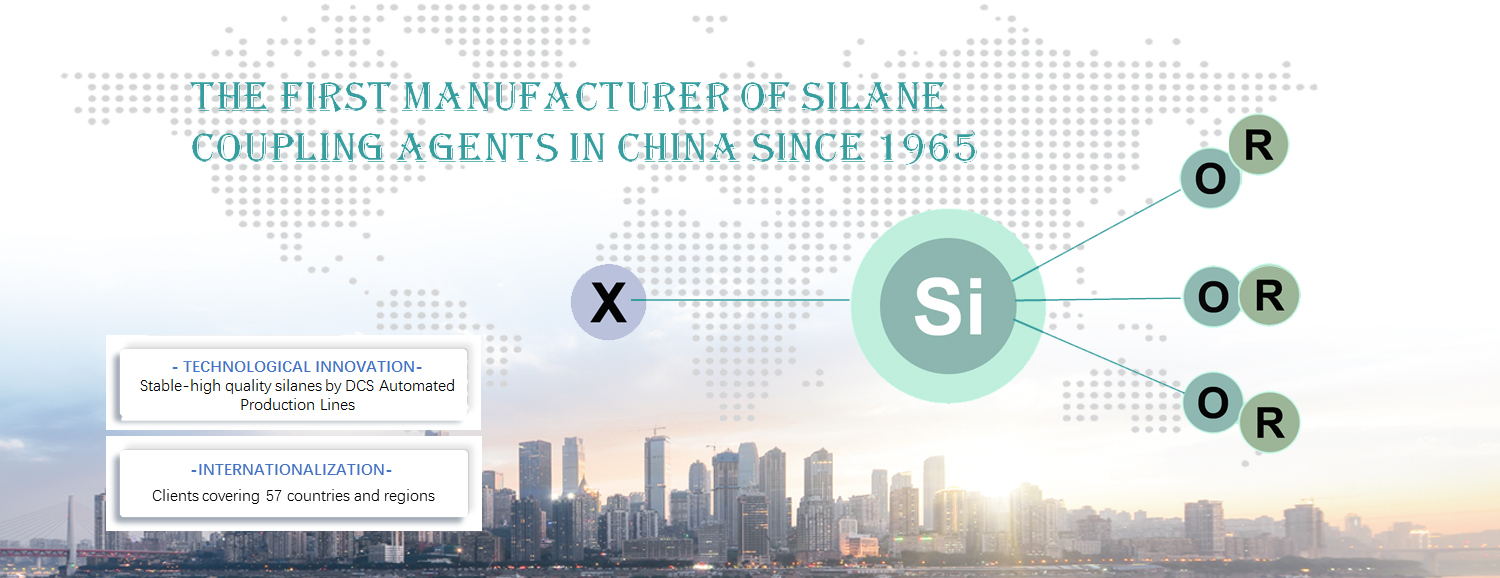


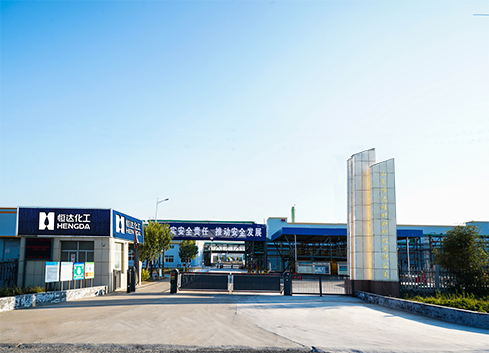


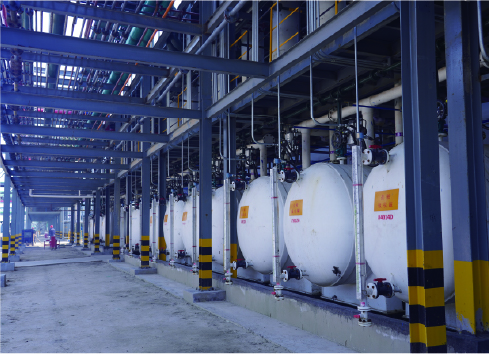

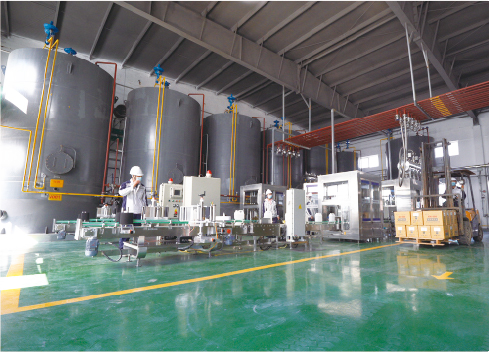
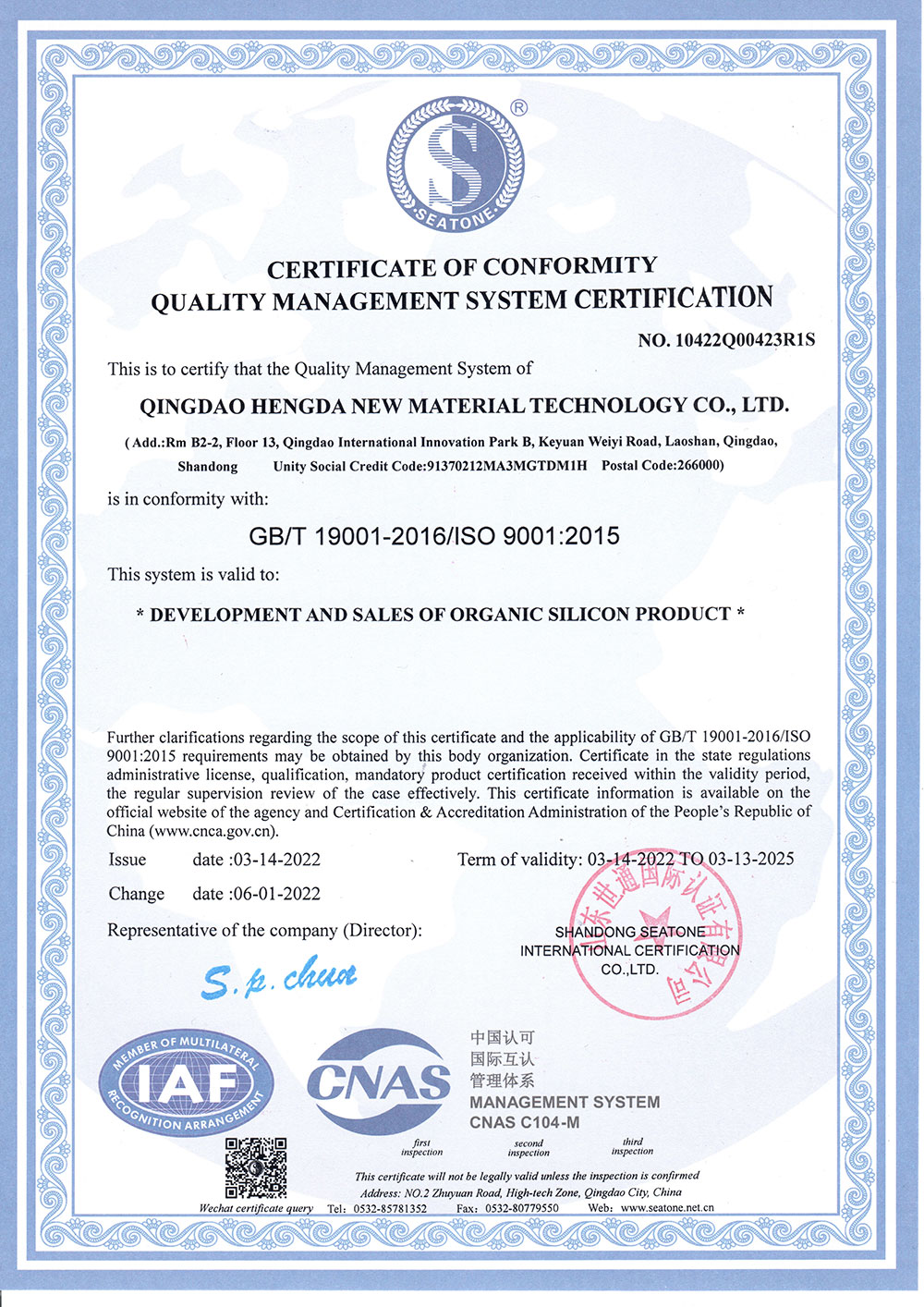
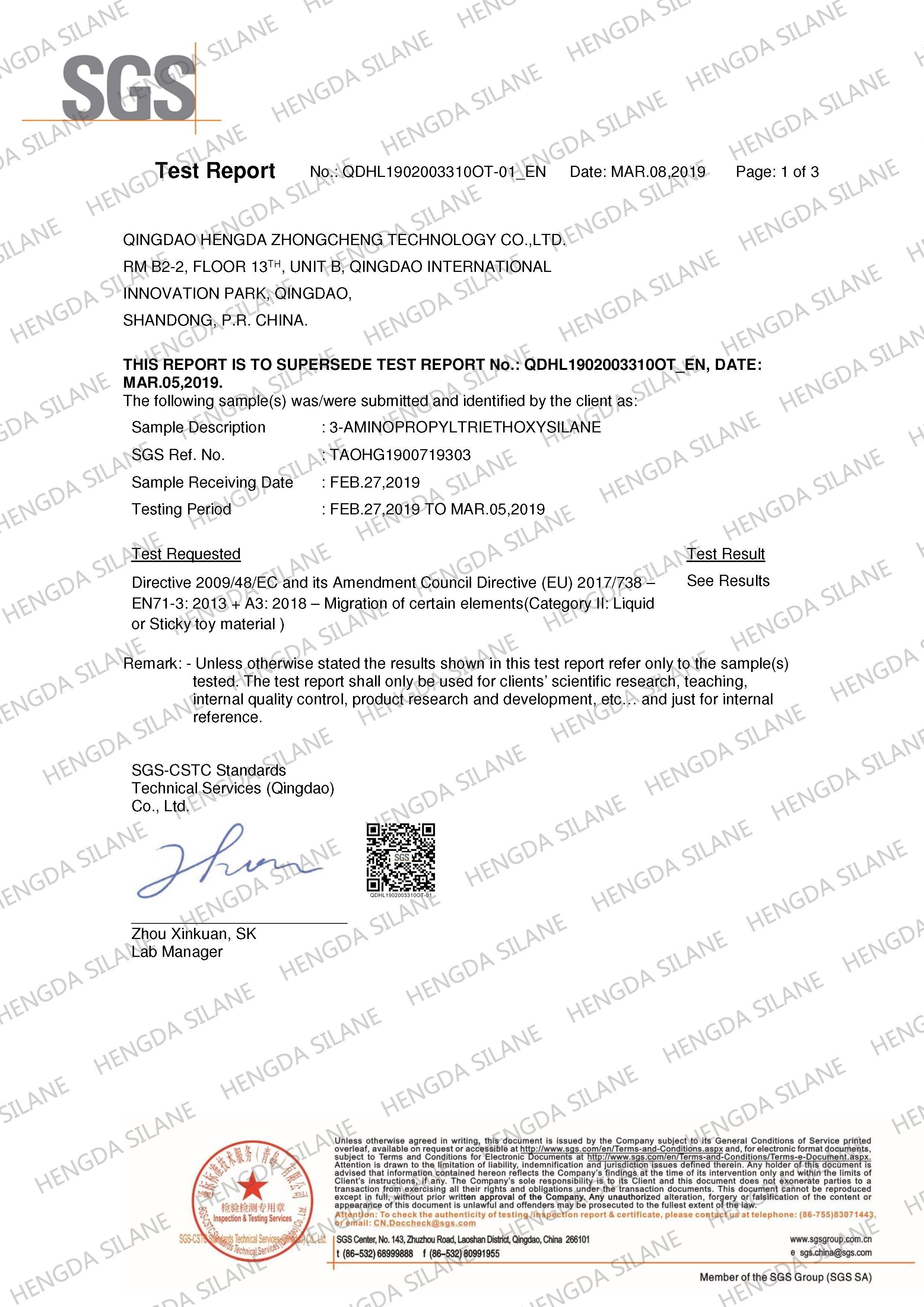

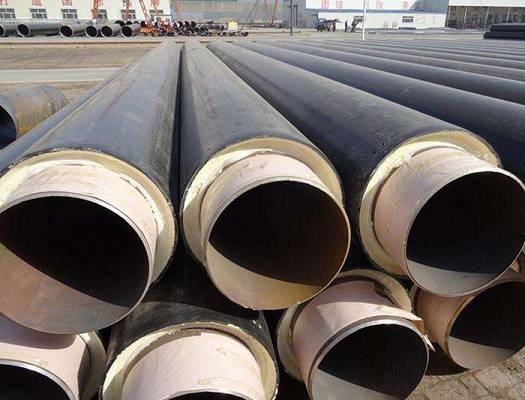
Nothing Found
Sorry, no posts matched your criteria